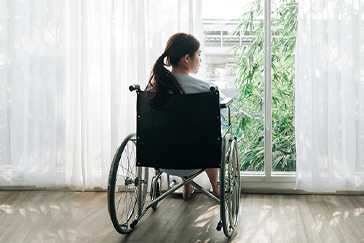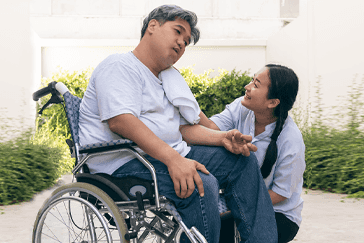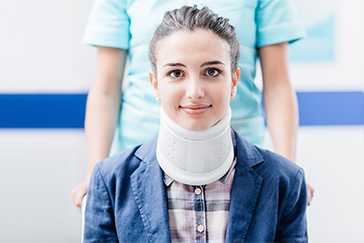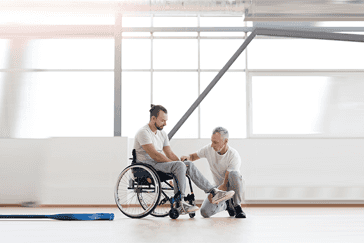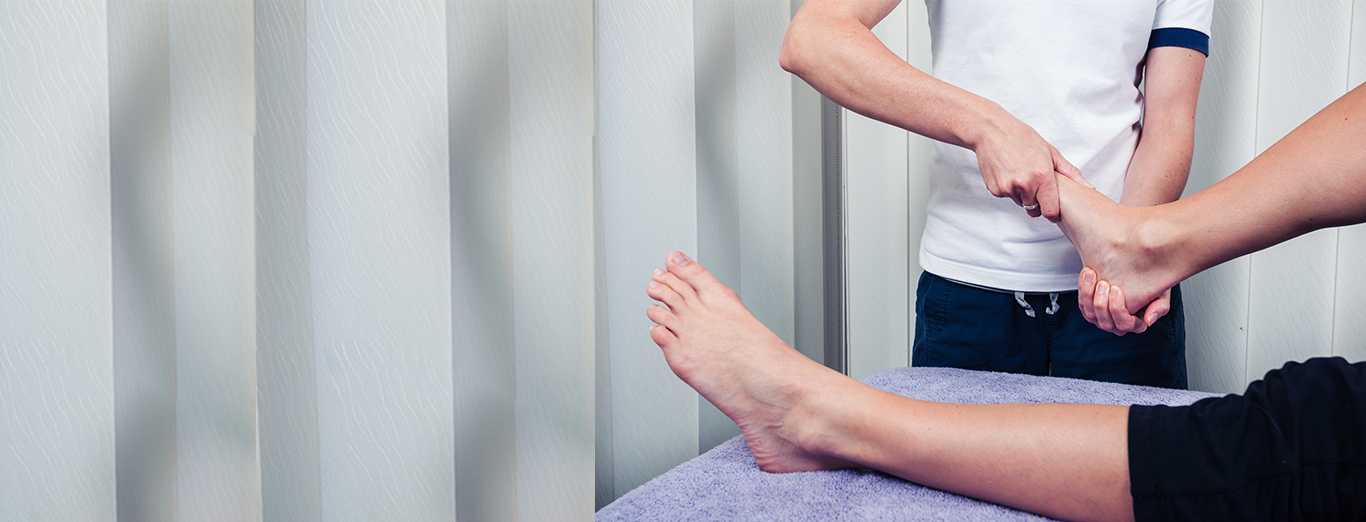
parkinsonian gait physiotherapy

These Might be of Interest

what is parkinson’s gait?
Parkinson’s gait is a particular feature of Parkinson’s disease in which the affected person can take only small and shuffling steps. Though other symptoms of Parkinson’s disease also affect the quality of a person’s life, Parkinson’s gait affects it the most.
The changes in the gait in Parkinson’s disease can be either sudden or continuous. In episodic or sudden changes in Parkinson’s gait, a person starts feeling problems while walking all of sudden. The latter happens gradually over a period of time.
The symptoms of Parkinsonian gait changes from person to person. However, there are some common symptoms like:
- Shuffling gait
- Can move slowly than other people of the same age
- Steps become jerky
- The movements of arms become lesser and lesser
- You start falling more frequently
how physiotherapist help?
It is necessary to take any kind of medical help in Parkinson’s gait because your quality of life gets affected drastically in it. Amongst other treatment methods, Physiotherapy is found to be most helpful in Parkinson’s gait. Here is a list of few ways in which physiotherapy can help you:
- The exercises done in physiotherapy help in increasing mobility.
- The levels of functions improve in the affected person, which ultimately makes him or her more independent.
- Physiotherapy also helps in correcting the patterns of abnormal movements.
- There specific exercises that help in increasing muscular strength.
- It also complements medications.
types of exercises
There are a number of exercises and physical movements that physiotherapists prescribe to treat Parkinson’s gait. A few of them are:
Amplitude Training
It is a type of physical therapy that specifically helps in Parkinson’s gait. This exercise is also called Lee Silverman Voice Treatment or LSVT training. A patient of Parkinson’s disease is suggested to do physical movements that are over-exaggerated. In LSVT, your doctor will suggest you take very high steps or swing your arm more than normal.
The intention behind these movements is to retain the muscular strength and slow down the progress of Parkinson’s gait. It is one of the most effective methods to curb Parkinson’s gait. If LSVT sounds comfortable to you, ask your physiotherapist about how to do it properly.
Reciprocal Patterns
While walking, a person swings his or her arm in a reciprocal pattern. In simpler words, the right arm is swung with the left foot and the left arm is swung with the right foot. These reciprocal patterns get affected in Parkinson’s gait to a large extent.
Now, your physical therapist will train you on a recumbent bicycle to keep this rhythm of reciprocal patterns. It is a stationary bicycle in which a person sits in a reclined position and pedals the bicycle. Apart from the recumbent bicycle, an elliptical machine might also be used to keep the rhythm.
Strength Training
Muscles weaken with age in every person but they weaken at a faster pace in Parkinson’s disease. Hence, it is necessary to curb this progression of muscle weakness. Physiotherapists recommend a number of exercises depending on the stage of Parkinson’s disease. Patients are recommended sometimes to go to pool classes in which water resistance is used to strengthen the weakening muscles. Dumbbells of different weights are recommended for resistant exercises.
These were only a few exercises and physical movements used by the physiotherapists to treat Parkinson’s gait. There are a lot more of such exercises. Ask your physiotherapist about other training so that you can pick those ones that you find both comfortable and enjoyable to do.
roles of a physiotherapist
The role of a physiotherapist is as vital as physical exercise. You cannot perform exercises correctly and effectively without the help of a good physiotherapist. Here are a few major roles that a physiotherapist plays in treating your condition:
- Exercises cannot be performed staggeringly. Your physiotherapist will understand your condition and will make a treatment plan.
- Your physiotherapist will keep a tap on which exercises are working and which exercises are not. He or she will change the exercises according to their efficiency in treating the condition.
- Your physiotherapist will not only treat you but will also educate your friends and family about your condition.
- Your physiotherapist will tell you precautions and will inform you about lifestyle habits that will not only help in Parkinson’s disease but also other conditions.
how can portea help?s
It might sound that it is very easy to curb Parkinson’s gait by performing a few exercises, but in reality, the condition can be treated well only under the supervision of a good physiotherapist. This is where Portea can help you. We provide:
- A team of experienced physiotherapists who are specialized in treating Parkinson’s disease
- The comfort of getting treated at your home
- Regular visits and checkups to keep a check on the progression of your condition
- Most advanced equipment that will help in treating your condition in a shorter time-span
References
Doctor Consultation
Nursing
Physiotherapy
Trained Attendant
Elder Care
Mother & Baby Care
Lab Tests
Medical Equipment
Speciality Pharma
Critical Care


